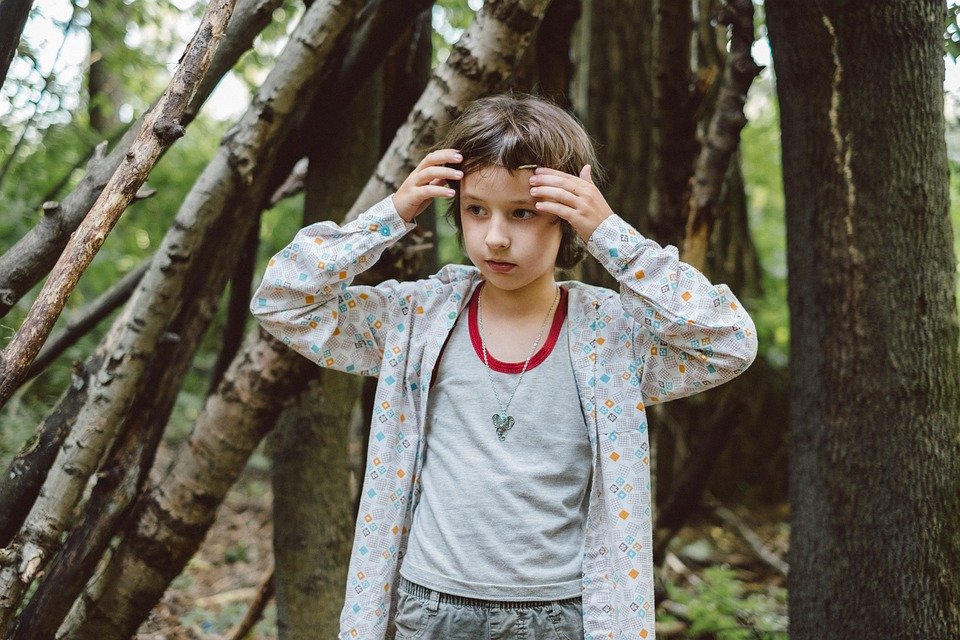Generative art is a form of art that is created through the use of algorithms, code, and programming. It is a process that allows artists and designers to create unique and complex artwork that is impossible to replicate. In the world of game development, generative art has become an important tool for creating dynamic and visually stunning environments that can change and evolve over time. Let’s explore the magic of generative game art and how it is changing the way we think about game design.
What is Generative Art?
Generative art is a form of art that is created through the use of algorithms, code, and programming. It is a process that allows artists and designers to create artwork that is unique and complex. Generative art is not created in the traditional sense where the artist has complete control over the final product. Instead, the artist creates a set of rules and parameters that the computer uses to create the artwork. The computer then generates the artwork in real-time based on the rules and parameters.
Generative Art in games
Generative art has become an important tool for game developers. It allows them to create dynamic and visually stunning environments that change and evolve over time. This can be seen in games like Minecraft, which uses generative art to create its blocky, pixelated world. In Minecraft, the world is generated on-the-fly as the player explores it. This means that each time the player visits a new area, they will see something different.
Another game that uses generative art is No Man’s Sky. No Man’s Sky is an open-world game that features over 18 quintillion planets that are all procedurally generated. This means that each planet is unique and has its own set of rules and parameters that determine what it looks like and what kind of creatures live on it.
The Magic of Generative Art
The magic of generative art lies in its ability to create complex and unique artwork that is impossible to replicate. It allows artists and designers to create artwork that is constantly changing and evolving. This can be seen in games like Spore, where players can create their own creatures that evolve over time based on the rules and parameters set by the player. It also allows for a level of interactivity that is not possible with traditional art. In games like Minecraft, players can interact with the environment in real-time, changing it and shaping it to their will.
Conclusion
Generative art is changing the way we think about game design. It allows for dynamic and visually stunning environments that change and evolve over time. It also allows for a level of interactivity that is not possible with traditional art. As technology continues to advance, it will be interesting to see how generative art continues to evolve and shape the world of game design.

